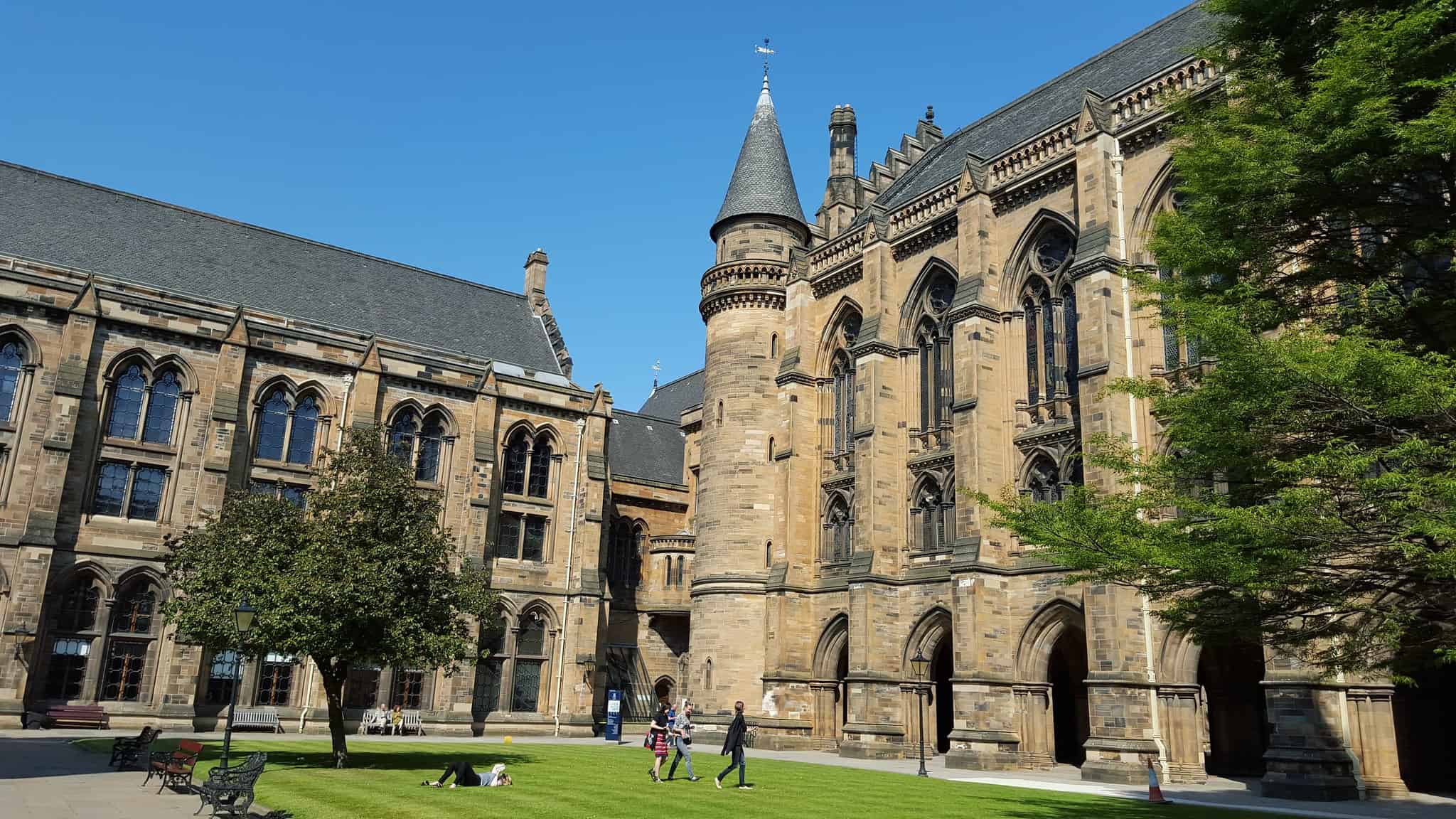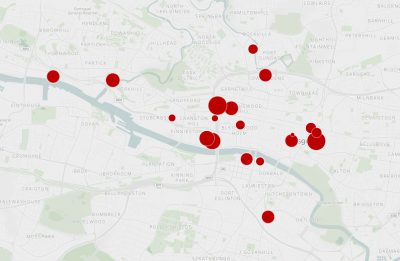The past couple of academic years have not got off to the most straightforward of starts. In 2020 there had already been uncertainty about how university and college learning would be delivered in the face of the COVID-19 pandemic, when the autumn brought a halt to Scotland’s emergence from lockdown and the reintroduction of restrictions. In 2022 lecture theatres, libraries and student unions are mercifully buzzing with activity once again, however, a new challenge is making headlines.
The high demand versus low stock levels in post-pandemic Scotland’s private rented sector have been well documented, not least in Citylets’ rental reports which have identified the trend over successive quarters. The constrained supply is being felt as students have started returning to the country’s university towns.
Supply, demand and other complications
From Glasgow to St Andrews there have been stories of complications arising. A “student housing crisis” has been reported in the historic Fife seat of learning, with the University of St Andrews saying it had received direct requests for help in finding accommodation from more that 130 students.
While the university has reportedly attributed the shortage to factors such as the cap on houses of multiple occupation and the conversion of student rental properties to Airbnb accommodation, the Campaign for Affordable Student Housing (CASH) has put more of a spotlight on the institution itself and cited the acceptance of more postgraduate students and the gap between demolition of student halls and the construction of their replacement.
In Scotland’s biggest city, the University of Glasgow has had to tell new students that they are not guaranteed accommodation this year. In a debate echoing that on the east coast, the university has blamed “significant contraction in the private rental market” while its Students’ Representative Council – although acknowledging the wider stock issues in the city – has criticised what it calls an over-recruitment of students.
Helping students get off to a positive start in the PRS
Whatever its cause, or causes, the shortage of student rental properties is another challenge for young people whose first steps into further education have been sandwiched between the COVID-19 pandemic and the cost of living crisis. For those fortunate enough to be securing private rented accommodation, there is a lot to be said for ensuring clear communication from the start of their tenancy.
Many first year students will be renting for the first time so providing them with a smooth entry to the private rented sector is beneficial for all parties, for example, making a point of highlighting expectations in the tenancy agreement. This can help prevent issues further down the line if the tenants are well aware of the agreement content and the implications any breach might have on their tenancy deposit.
Protecting the tenancy deposit with a government approved scheme such as SafeDeposits Scotland within 30 working days of receiving it from the tenant is of course another important step in making sure students’ PRS journeys get off to a good start. Not only is doing so a legal requirement, but it gives the new wave of first time tenants peace of mind and confidence in the sector.












